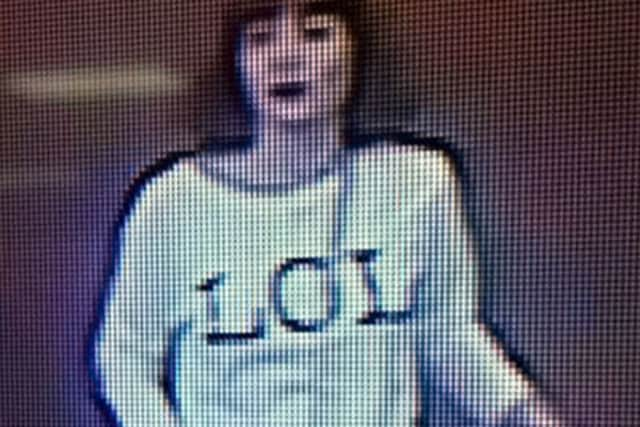Deadly nerve agent used in Kim Jong Un brother assassination


Authorities were checking the Kuala Lumpur airport for traces of the toxin, 11 days after the assassination. But news that a powerful nerve agent was used to kill someone in a crowded airport raised serious questions about public safety.
Police said one of the alleged attackers had been vomiting after the attack, but there were no reports that anyone else had been sickened.
Advertisement
Hide AdAdvertisement
Hide AdVX nerve agent, deadly even in minute amounts, was detected on Kim’s eyes and face, Malaysia’s inspector general of police said in a written statement, citing a preliminary analysis from the country’s Chemistry Department.


“Our preliminary finding of the chemical that caused the death of Kim Chol was VX nerve,” said Inspector-General of Police Khalid Abu Bakar. Kim Chol is the name on the passport found on the victim, but a Malaysian official previously confirmed he is North Korea leader Kim Jong Un’s older half brother.
Malaysian police had previously said no one besides Kim Jong Nam had been affected.
But Khalid told reporters that one of the two women accused of wiping the toxin on Kim’s face became sick later and suffered from vomiting. He declined to say which woman had been sick, the Indonesian woman or the Vietnamese woman in custody.
Khalid said police were still investigating how the lethal agent entered Malaysia.


Police previously said the airport had not been decontaminated but that passengers should be confident it was safe. Asked Friday in a text message whether it had still not been decontaminated, Khalid said, “We are doing it now.”
Details were not immediately clear.
VX nerve agent has the consistency of motor oil and can take days or even weeks to evaporate. It could have contaminated anywhere Kim was afterward, including medical facilities and the ambulance he was transported in, experts say.
Dr. Bruce Goldberger, a leading toxicologist who heads the forensic medicine division at the University of Florida, said even a tiny amount of VX nerve agent - equal to a few grains of salt - is capable of killing. It can be administered through the skin, and there is an antidote that can be administered by injection. U.S. medics and military personnel carried kits with them on the battlefield during the Iraq war in case they were exposed to the chemical weapon.
Advertisement
Hide AdAdvertisement
Hide Ad“It’s a very toxic nerve agent. Very, very toxic,” he said. “I’m intrigued that these two alleged assassins suffered no ill effect from exposure to VX. It is possible that both of these women were given the antidote.”
He said symptoms from VX would generally occur within seconds or minutes and could last for hours starting with confusion, possible drowsiness, headache, nausea, vomiting, runny nose and watery eyes. Prior to death, a victim would likely have convulsions, seizures, loss of consciousness and paralysis.
VX is banned under the Chemical Weapons Convention, which North Korea never signed. The country is believed by outside experts to have the capacity to produce up to 4,500 metric tons of chemical weapons during a typical year, which it could increase to 12,000 tons per year during a period of crisis. Its current inventory has been estimated at 2,500 to 5,000 tons.